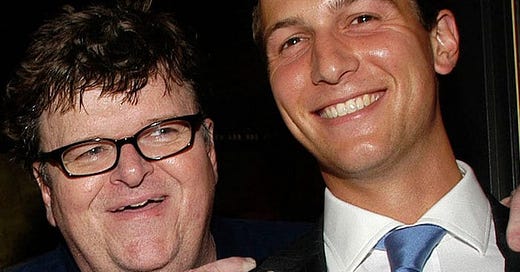Ain’t No Mountain High Enough: The Heights of Documentary Filmmaking at the 2018 Toronto Film Festival
After sifting through nearly 1000 documentary submissions to this year’s Toronto International Film Festival, the TIFF Docs programming team — Nataleah Hunter-Young, Sarah Li-Lun MacArthur, and Dorota Lech, led by Thom Powers — pared the program down to just 28 films. Of these, I managed to see 20 features and a handful of shorts from the more experimen…
Keep reading with a 7-day free trial
Subscribe to Nonfics to keep reading this post and get 7 days of free access to the full post archives.



